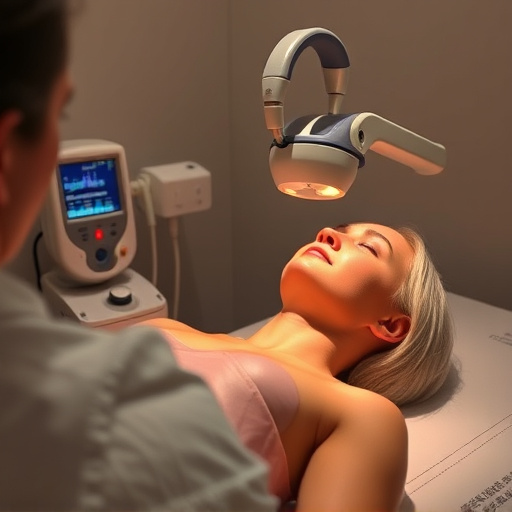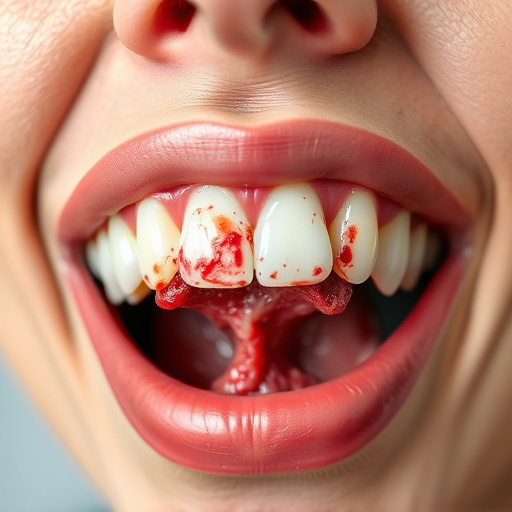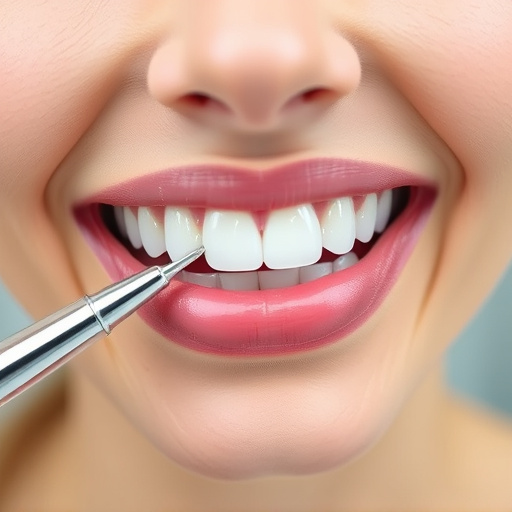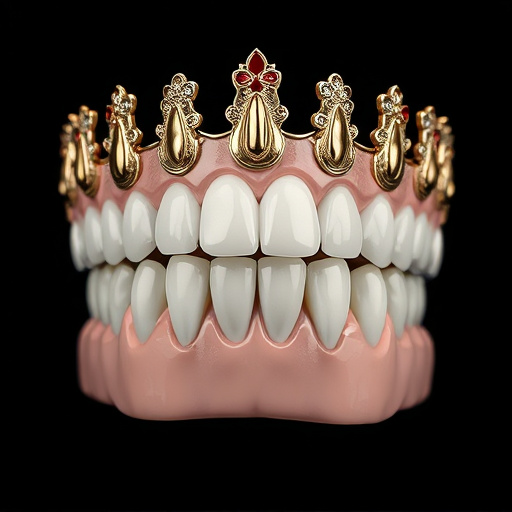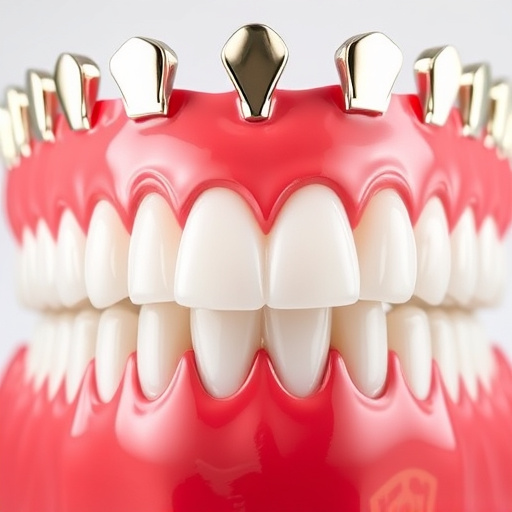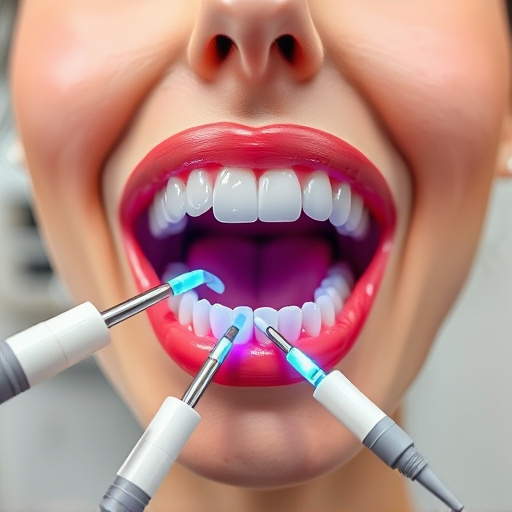Tooth extraction services are crucial when teeth are severely damaged or diseased beyond repair due to decay, trauma, or impacted growth. Common reasons include advanced tooth decay and missing space for wisdom teeth. General dentistry practices offer extractions, local anesthesia, and post-extraction care, with healing instructions and options for restorative solutions like dental implants. Proper extraction maintains oral health, prevents damage to surrounding structures, and ensures patient comfort throughout the process.
Do you know when it’s time to consider tooth extraction services? This guide provides insights into common scenarios requiring dental removal, helping you understand when a tooth might be beyond salvation. We’ll explore situations where extraction is essential for oral health and overall well-being. From damaged teeth to complex infections, learn about the process involved and what to expect during recovery. By understanding these key aspects, you can make informed decisions regarding your dental care needs.
- Understanding Common Tooth Extraction Scenarios
- When a Tooth Cannot Be Saved
- The Process and Aftercare of Extraction
Understanding Common Tooth Extraction Scenarios

Tooth extraction services are often necessary when a tooth is severely damaged or diseased beyond repair. Common scenarios include advanced tooth decay that has penetrated through the enamel and reached the inner pulp, where bacteria can cause infection and intense pain. In such cases, a root canal treatment might be recommended first, but if the damage is extensive, extraction becomes inevitable to prevent further health issues.
Another typical situation arises when teeth are impacted—that is, they fail to erupt properly through the gum line due to insufficient space or an abnormal position. This can lead to pain, infection, and damage to neighboring teeth. Wisdom teeth (third molars) are particularly prone to becoming impacted, requiring extraction to avoid complications like swelling, bleeding, and bone loss. General dentistry practices often offer tooth extraction services as part of their comprehensive oral care offerings, along with procedures for tooth repair and fitting dental crowns when needed.
When a Tooth Cannot Be Saved

In many cases, a tooth may be beyond repair and require removal. This is often due to severe damage from decay, trauma, or prior dental procedures that have weakened the structure. Despite modern advancements in comprehensive dental care and restorative dentistry, there are instances where even the most skilled dentists cannot save a tooth. For example, if a root canal treatment has failed or a tooth is so severely cracked that it cannot be repaired using dental bonding, extraction becomes the best option to prevent further damage to surrounding teeth, gums, and bone.
When a tooth cannot be saved, considering timely tooth extraction services is essential for maintaining optimal oral health. Skilled dentists will ensure the procedure is performed comfortably with proper anesthesia and follow up with care instructions to promote healing. This includes recommendations for restorative dentistry solutions, if needed, to fill the gap left by the extracted tooth, ensuring both functionality and aesthetics in your smile.
The Process and Aftercare of Extraction

The process of tooth extraction involves several steps to ensure a safe and comfortable experience for the patient. Typically, the dentist will first assess the condition of the tooth and its surrounding structure using X-rays or advanced imaging techniques. Local anesthesia is administered to numb the area, minimizing any discomfort during the procedure. The dentist then carefully removes the tooth, taking care to preserve the adjacent teeth and gum tissue. After the extraction, a sterile dressing is placed over the socket to promote healing and reduce bleeding.
Post-extraction aftercare is crucial for optimal recovery. Patients are advised to rest and apply ice packs to reduce swelling. A soft diet is recommended for a few days, avoiding hot or crunchy foods that might disturb the extraction site. Oral hygiene practices should be adjusted temporarily, with gentle cleaning around the area to prevent infection. Regular follow-up appointments are essential to monitor healing and ensure proper wound care. Additionally, dental professionals may discuss the option of tooth replacements like dental implants as part of comprehensive dental care to maintain oral health and aesthetics after an extraction.
Knowing when to seek tooth extraction services is crucial for maintaining optimal oral health. Whether due to decay, injury, or immovability, there are times when a tooth cannot be saved. Understanding common scenarios and the process involved empowers you to make informed decisions. If you’re facing a situation where extraction is necessary, remember that modern dental techniques ensure a comfortable experience, followed by proper aftercare to facilitate healing. Don’t delay seeking tooth extraction services; prioritize your oral health for a brighter, healthier smile.
